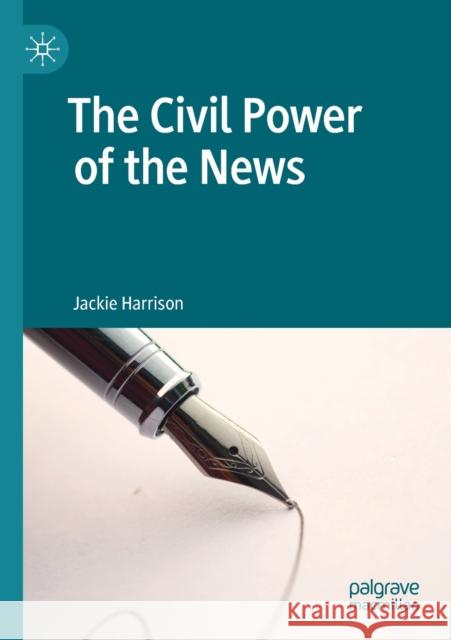The Civil Power of the News » książka
topmenu
The Civil Power of the News
ISBN-13: 9783030193836 / Angielski / Miękka / 2020 / 353 str.
The Civil Power of the News
ISBN-13: 9783030193836 / Angielski / Miękka / 2020 / 353 str.
cena 241,50
(netto: 230,00 VAT: 5%)
Najniższa cena z 30 dni: 231,29
(netto: 230,00 VAT: 5%)
Najniższa cena z 30 dni: 231,29
Termin realizacji zamówienia:
ok. 22 dni roboczych
Dostawa w 2026 r.
ok. 22 dni roboczych
Dostawa w 2026 r.
Darmowa dostawa!
Kategorie:
Kategorie BISAC:
Wydawca:
Palgrave MacMillan
Język:
Angielski
ISBN-13:
9783030193836
Rok wydania:
2020
Wydanie:
2019
Ilość stron:
353
Waga:
0.48 kg
Wymiary:
21.01 x 14.81 x 2.11
Oprawa:
Miękka
Wolumenów:
01
Dodatkowe informacje:
Wydanie ilustrowane











